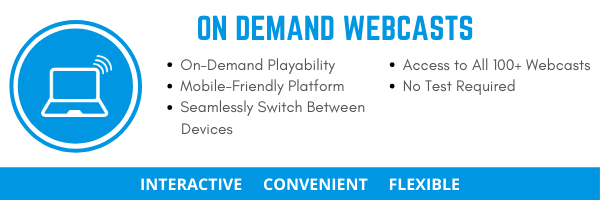
Guest Post: Current Expected Credit Losses (CECL) and the Virus


One of Western CPE’s most popular instructors, Jeff Sailor brings expertise and a singular flair to his coursework, designed to combat “boring CPE.” With 30 years accounting experience and more than 10 as an AICPA peer reviewer, he’s as knowledgeable as he is thoughtful about his presentation.
Read more about Jeff in our Instructor Spotlight and check out his CPE here.
When I got up this morning and read my local newspaper, I was a little surprised by a prominent article I found. Please understand that in my paper, most of the articles usually begin with “Florida Man…” and end with something dumb that someone did. But in this case, I found a very basic story on CECL. Apparently some keen reporter had come across this concept on social media and was intrigued with the acronym. To be expected, most of the article was devoted to explaining the acronym. As most of you are aware CECL, stands for Current Expected Credit Losses and is the new model for recognizing credit losses.
To its credit, this article brought up a very serious issue. The effects of COVID-19 will have a major impact on the reporting considerations of credit losses.
Now before any of you panic, CECL is only applicable to public companies for 2020. Everyone else has three more years to get this figured out. That said, I have a lot of friends out there in public companies and, for them, this is a big headache. For the rest of you, remember, even though CECL is not yet effective, you still have the responsibility to prepare financial statements which are not misleading.
The purpose of this credit loss change is to accelerate the recognition of credit losses. Forgetting the actual method of doing that for a moment, it is easy to imagine the stress on accounting personnel who are trying to please both management and the financial statement users. Many entities are going to take a tremendous hit on their current earnings when they take into account the potential effects of this virus on their financial assets. While the financial statement users should get a much clearer picture (in most cases), management will most likely not be happy with the potential negative view of their performance.
What CECL does is moves away from what was called the “incurred loss impairment methodology.” To put it in simple terms, CECL requires us to look forward and project the effects of current and future events instead of simply looking to past events. While few of us have crystal balls stashed away in our cubicles, we can still rely upon various accepted financial models to help. The standard does a great job of explaining many of those various models. After estimating the amount of losses we expect on our various financial assets (including simple accounts receivable), we must reduce the asset by an appropriate allowance and recognize the loss in current earnings. In theory, we are giving a truer picture of the actual amounts expected to be received.
With the general theory in mind, step back and try to imagine the effect this virus could have on your financial assets. Many businesses have been forced to shut down. Some may not ever reopen. Many have had temporary or even permanent layoffs. These events will certainly have an impact on their cash flows. While these sad events may not actually impact your financial assets, they must be considered. The toughest part will be projecting out current events.
Personally, I am an optimist. I believe in the American system and I believe, given time, our economy will come back as strong as ever, and my neighbors will be able to go back to their normal lives. But, in the meantime, we have the responsibility to report the reality of potential credit losses in the most faithful presentation that we can.
Yes, for the most part, a lot of this is a big guess. I prefer to call it an “accounting estimate,” but none of us will know what will eventually happen until this is all over. So, to be prudent, we must be aware of the requirements, apply an appropriate model and then, most importantly, document our work to demonstrate our compliance with the standards. By doing this, hopefully we will meet both our professional, as well as ethical requirements in these tough times.
I will be covering this important topic in detail in my course this year.
Stay healthy.
Webcast on the Paycheck Protection Loan Details And Updates
Our 1-hour Webcast titled Paycheck Protection Loan Details And Updates is available to watch now!Learning Objectives:
- Learn who is eligible for the SBA Paycheck Protection Program (PPP) loan
- Define ‘payroll costs” that are required for the application
- Calculate loan amounts for various businesses including the Schedule C individual and the owner/employee of an S corporation
- Develop recommendation for clients to maximize loan forgiveness
- Hear a Controller’s experience in applying for the PPP loan

